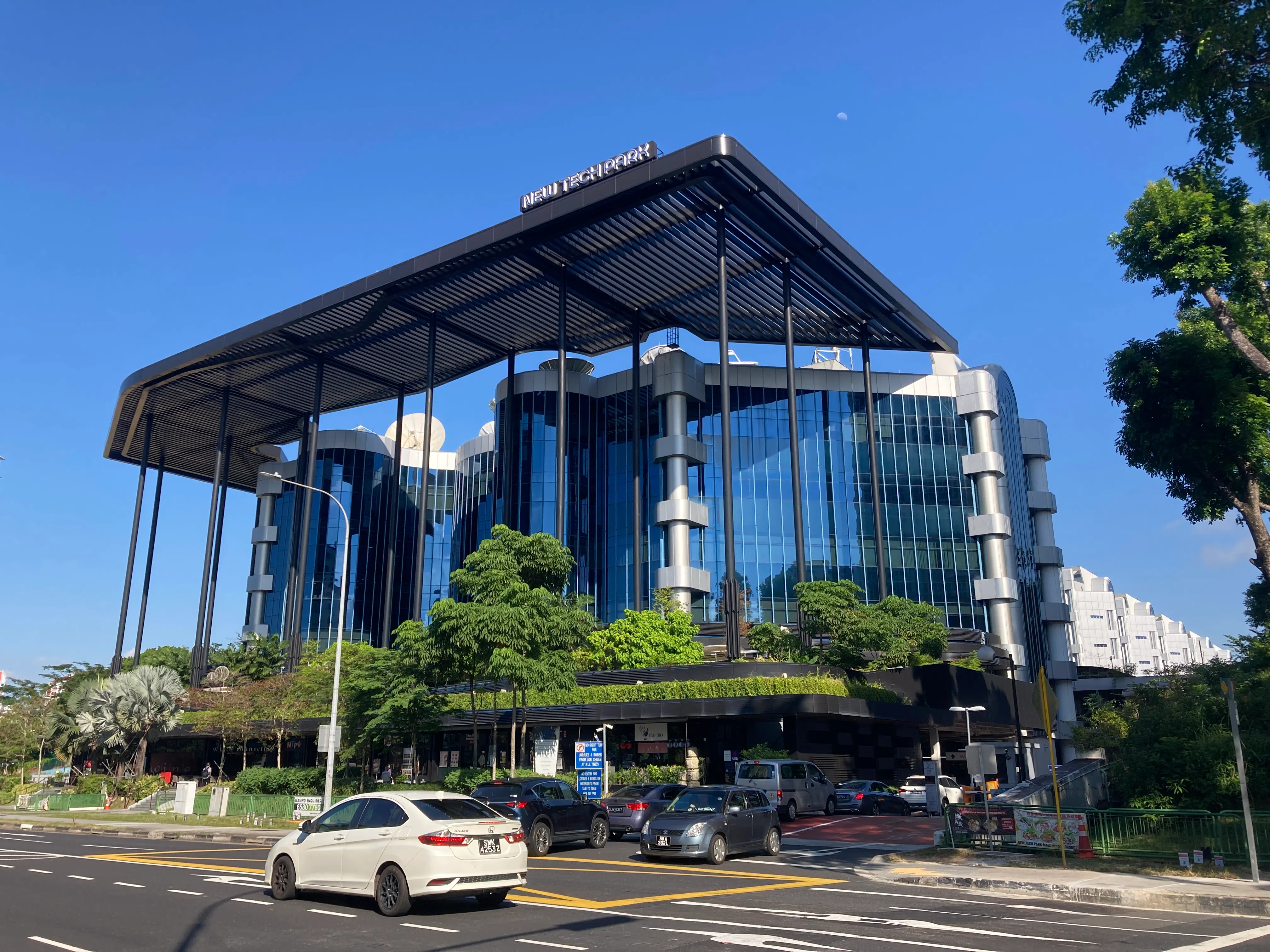The 90% rule for REITs
Real Estate Investment Trusts (REITs) have become a popular investment vehicle in Singapore. They offer retail investors access to income-generating real estate assets.
Central to the appeal of Singapore REITs (S-REITs) is the 90% rule, a regulatory requirement that ensures most of their taxable income is distributed to unitholders as dividends.
This article explains the 90% rule, its purpose, benefits, and implications for investors, using insights from authoritative sources.
What is the 90% Rule?
The 90% rule mandates that S-REITs distribute at least 90% of their taxable income to unitholders annually. This regulation is enforced by the Monetary Authority of Singapore (MAS) and is a cornerstone of the S-REIT framework.
By adhering to this rule, REITs qualify for tax transparency treatment, meaning their income is not taxed at the REIT level but is instead taxed in the hands of the unitholders.
Key Points:
- The payout is based on taxable income, which includes rental and related income after allowable deductions such as property expenses and interest.
- Distributions are typically made quarterly or semi-annually, providing a steady stream of passive income for investors.
Failure to comply with the 90% rule risks the REIT losing its tax transparency status, resulting in taxation at the REIT level before distributions to unitholders.
Purpose and Benefits of the 90% Rule:
| Key Insight | Details |
|---|---|
| Tax Efficiency |
|
| Investor Appeal |
|
Taxation of S-REIT Dividends:
| Taxation Category | Details |
|---|---|
| For Individuals | Most Singapore-resident and foreign individual investors receive S-REIT distributions tax-free, unless the units are held through a partnership or in connection with a trade, business, or profession. |
| For Non-Individuals | Qualifying non-resident non-individuals and funds enjoy a reduced withholding tax rate of 10% on distributions until December 31, 2025. |
| For Partnerships/Businesses | If distributions are derived through a partnership or business activities, they are subject to income tax and must be declared in tax returns. |
How the 90% Rule Works in Practice
In practice, the 90% rule ensures that S-REITs prioritize income distribution over retention. Here’s how it works:
- Income Calculation:
- Taxable income is calculated after deducting allowable expenses such as property maintenance, financing costs, and other operational expenses.
- Distribution Frequency:
- S-REITs typically distribute dividends quarterly or semi-annually, aligning with their financial reporting cycles.
- Compliance:
- Failure to meet the 90% payout requirement results in the loss of tax transparency status, leading to taxation at the REIT level before distributions to unitholders.
Summary Table: S-REIT 90% Rule
| Requirement | Details |
|---|---|
| Minimum Payout Ratio | 90% of taxable income |
| Frequency of Payout | Typically quarterly or semi-annually |
| Tax Treatment for Individuals | Generally tax-exempt, unless through partnership or business activity |
| Tax Treatment for Non-Individuals | 10% withholding tax for qualifying non-residents until December 31, 2025 |
| Regulatory Oversight | Monetary Authority of Singapore (MAS) |
Why Does the 90% Rule Matter for Investors?

The 90% rule is central to the success of S-REITs, making them an attractive and accessible investment option for Singaporeans. Here’s what it means for investors:
-
Stable Income Streams:
The mandatory high payout ensures regular and predictable dividends, making S-REITs ideal for income-focused portfolios.
-
Tax Efficiency:
The pass-through structure minimizes tax liabilities, allowing investors to retain more of their earnings.
-
Accessibility:
Unlike purchasing physical property, investing in S-REITs requires significantly less capital and offers diversification across various real estate sectors, including retail, office, industrial, and healthcare.
-
Professional Management:
S-REITs are managed by professional teams, eliminating the need for investors to handle tenant management, property maintenance, or rent collection.
Bottom Line
The 90% rule is a defining feature of Singapore’s REIT framework, ensuring that S-REITs deliver high and consistent payouts to investors while maintaining tax efficiency.
For Singaporeans, this makes S-REITs an excellent way to participate in the real estate market without the high costs and complexities of owning physical property.
Whether you’re seeking stable income, portfolio diversification, or exposure to real estate, understanding the 90% rule is essential for evaluating S-REITs as an investment option.
By leveraging the benefits of this regulation, investors can build a resilient and income-generating portfolio.
Let us know what you think about this topic, and what do you want to hear next.
You can now be our community contributor and make a pitch to have your favourite personality be on our show.
Join our community group and drop us your insights on this topic.

-Jun-01-2025-06-24-42-9139-PM.png?width=50&name=Square%20(2)-Jun-01-2025-06-24-42-9139-PM.png)








Let us know what you think of this post